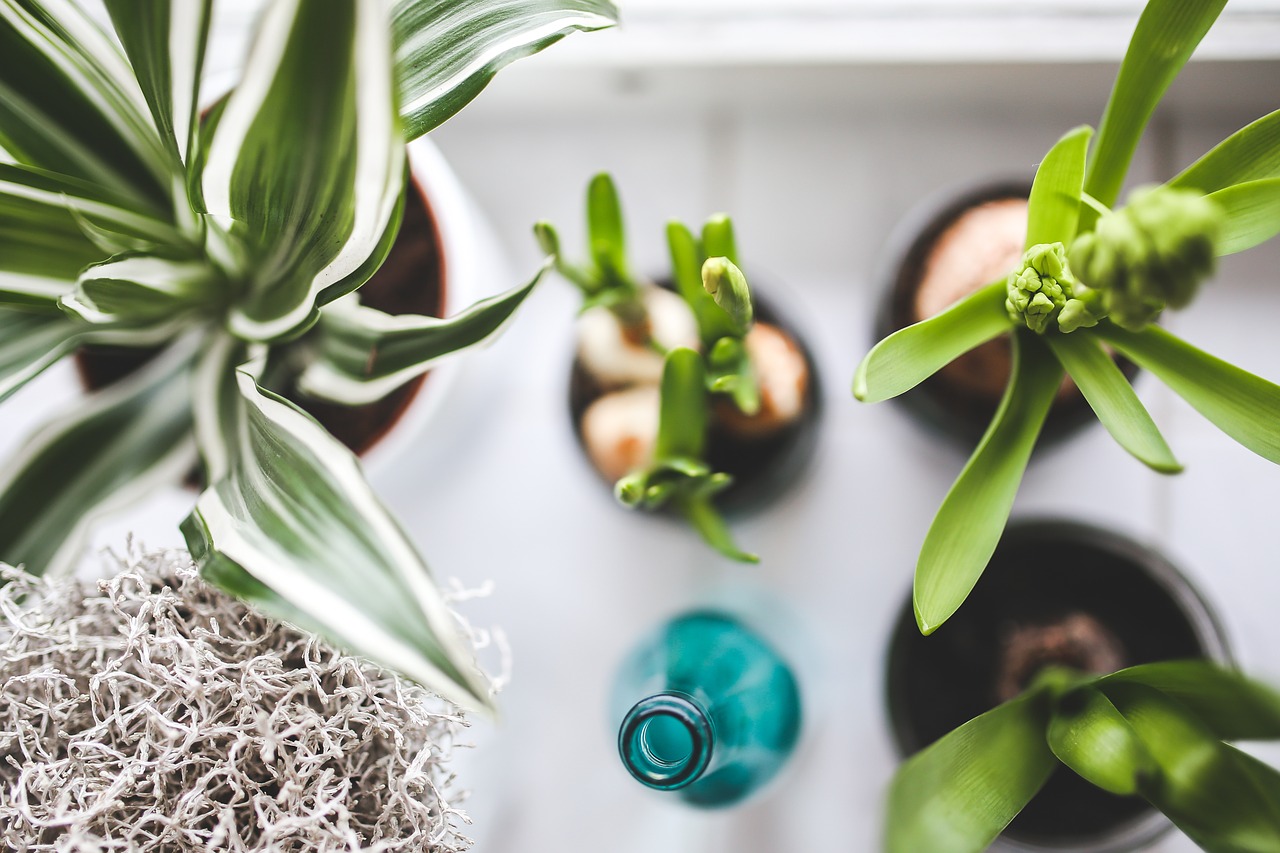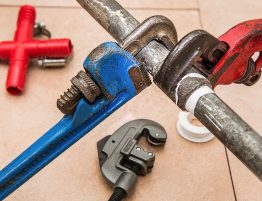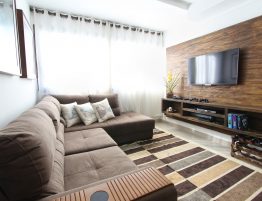
When it’s hot outside, the most comfortable place to be is indoors enjoying the air conditioning. But what is comfortable for you can be very uncomfortable—or even deadly—for your houseplants. If you’ve struggled to keep your greenery thriving and even wondered if you could ever develop a green thumb, it could be your indoor climate working against your efforts.
First, think about what plants need to grow and flourish. What are the optimal growing conditions in a greenhouse?
- Light
- Heat
- Humidity
AC doesn’t directly affect light (more on that in a moment), but it’s designed to actually remove both heat and humidity from the indoor air. So if you want plants, it sounds like you have to shut of the air conditioner and create your own indoor jungle, right? Of course not—but you will have to make some adjustments and nurture your plants a bit more. Follow these tips for an air-conditioned environment that is comfortable both for you and your houseplants.
Keep Houseplants Away from Air Vents
A cold environment is tough enough on foliage, but directly blowing cold air from AC vents makes it much worse. The moving air is dehydrating, stripping plants of much-needed moisture. And the blasts of cold air can cause freezing in the plant cells, so nutrients and water can no longer move freely within the plant. Have you noticed yellowing leaves, or wilting of your houseplants, especially if they’re near vents? Those are signs the plant is starving due to blocked cells and cold-damage.
The first line of defense is to move plants away from all vents (or even another, warmer, room), but that can pose a problem for plants requiring lots of sunlight. To best cool a home, air conditioning ductwork runs along exterior walls with vents often in front of windows. So if your plants need natural light, invest in a shield or deflector to direct the air flow away from the greenery while still using it to cool your home.
Restore Lost Moisture
Some plants do fine in dryer environments, but others are more sensitive to the reduced humidity air conditioning creates. Lower humidity makes your home more comfortable, making it feel cooler. Higher humidity can feel suffocating, and can lead to mold and mildew growth if left unchecked. But your plants still need moisture, especially if it’s being stripped from the ambient air.
Plants (especially with thin leaves) may wilt and flower buds may fall off if a plant is drying out. It’s important to keep the plant’s soil properly watered, but for your more delicate plants, daily misting will help them thrive. Beware of overwatering, though which can harm the plant and lead to mold developing. If signs of overwatering appear (swollen leaves or discolored water spots), mist plants less often.
Create Mini Greenhouses (Terrariums)
For the most sensitive of plants, glass domes or terrariums will protect them from losing heat and moisture, while still allowing you to enjoy them in your main living spaces. Terrariums are best for smaller plants—here are a few good choices. Then you can get started with a storebought terrarium, like this one from Target, or take a more DIY route.
It is possible to have an air-conditioned indoor climate that is comfortable for you and your houseplants. With some planning and care, you can enjoy the best of both.







